 Have you heard about Generation YUM? They are a large subset of Millennials or Generation Y. Those who were born between the early 80’s and the early 2000’s. In a recent interview on the AGENDA, host Steve Paikin spoke with author, Eve Turow Paul, a free-lance food, travel and culture writer. Her new e-book, “A Taste of Generation YUM” has just been released. The author admitted that it was her own curiosity which prompted her research into the reasons behind the changing relationships of Millennials with food. In her search for answers, she interviewed many of her peers and numerous food leaders. Her findings supported her initial observations that significant numbers of Generation Y are truly obsessed with all things food. ‘Foodies’ par excellence, she labeled Generation Y also as Generation YUM.
Have you heard about Generation YUM? They are a large subset of Millennials or Generation Y. Those who were born between the early 80’s and the early 2000’s. In a recent interview on the AGENDA, host Steve Paikin spoke with author, Eve Turow Paul, a free-lance food, travel and culture writer. Her new e-book, “A Taste of Generation YUM” has just been released. The author admitted that it was her own curiosity which prompted her research into the reasons behind the changing relationships of Millennials with food. In her search for answers, she interviewed many of her peers and numerous food leaders. Her findings supported her initial observations that significant numbers of Generation Y are truly obsessed with all things food. ‘Foodies’ par excellence, she labeled Generation Y also as Generation YUM.
Rachel Greenburger, in her review of “A Taste of Generation YUM,” highlights, “Plenty has been written on Millennials, but not much on their relationships to food and certainly not what underpins it.” One point that I found particularly intriguing about Generation YUM, those who have grown up in a highly technological sphere, was the convergence of their obsession with food. Although Millennials are overly connected in the digital space, it appears they long for the connection and grounding that food offers. Food is their anti-technological antidote for what’s missing in their digitized lives. Food is their source of sensory stimulation beyond their eyes and fingertips. It provides real time face-to-face connection, a source of peer identity and a sense of control. To learn more about Eve Turow Paul’s findings, access the 15 minute interview between Steve and Eve at https://youtu.be/yzg0kPavj-Al. It’s well worth your time.
What might your own food choices indicate about your own relationship with food?
Nancy Wales, CSJ
on behalf of the Federation Ecology Committee







